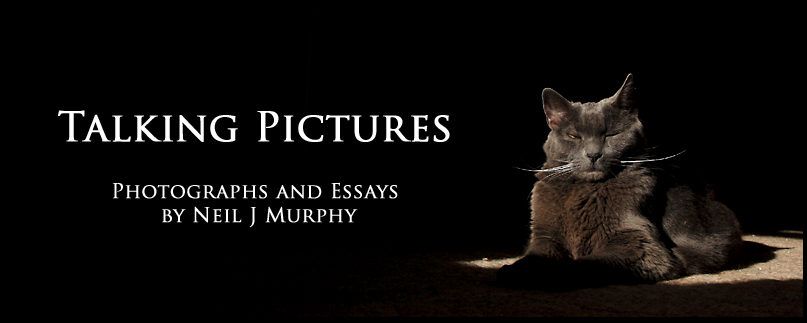It's nice to be able to sit and watch someone else do what I do, especially when they're given plenty of time to set up, and have the lighting to really illuminate a crowd. So it was a couple of years ago when I was assigned to shoot team pictures on the day of the senior group shot, which was being done by an other studio. And being done very nicely, too
I normally used two lights, shooting them through transparent umbrellas, unlike in the picture above, where the lights are shooting into a reflector umbrella. Both methods have their merits, mine being a softer light spread across a wide area, and the four-light reflector method giving a sharper, more concentrated light.
So my 900 watt strobes are on stands that extend to about fifteen feet high. I'll position them about thirty feet from the bleachers, tilted slightly up, with the left one pointing slightly to the left, and the right one to the right. These units put out a lot of light, and if they were simply leveled at the subject they would be a huge hotspot in the center.
This guy's setup was quite different, as you can see. Four 900 watt units, only they're fired into reflectors. Very nice, as the four lights will cut the shadows, and the reflectors give a nice even illumination. Trouble is, you have to travel with and set up four lights every job. When the school's yearbook adviser told me he'd been setting up since 10:30 I wasn't surprised. Four lights are a lot to assemble, aim and meter for.
I got to have a busman's holiday then, sitting on the stands opposite the kids, watching the photographer and teachers seat everybody, trim the sides, and line up a seated row on the floor. When he powered up his strobes, I discovered I could trigger them with my flash, which made for a few interesting shots, like the one above.
I normally used two lights, shooting them through transparent umbrellas, unlike in the picture above, where the lights are shooting into a reflector umbrella. Both methods have their merits, mine being a softer light spread across a wide area, and the four-light reflector method giving a sharper, more concentrated light.
So my 900 watt strobes are on stands that extend to about fifteen feet high. I'll position them about thirty feet from the bleachers, tilted slightly up, with the left one pointing slightly to the left, and the right one to the right. These units put out a lot of light, and if they were simply leveled at the subject they would be a huge hotspot in the center.
This guy's setup was quite different, as you can see. Four 900 watt units, only they're fired into reflectors. Very nice, as the four lights will cut the shadows, and the reflectors give a nice even illumination. Trouble is, you have to travel with and set up four lights every job. When the school's yearbook adviser told me he'd been setting up since 10:30 I wasn't surprised. Four lights are a lot to assemble, aim and meter for.
I got to have a busman's holiday then, sitting on the stands opposite the kids, watching the photographer and teachers seat everybody, trim the sides, and line up a seated row on the floor. When he powered up his strobes, I discovered I could trigger them with my flash, which made for a few interesting shots, like the one above.



















































